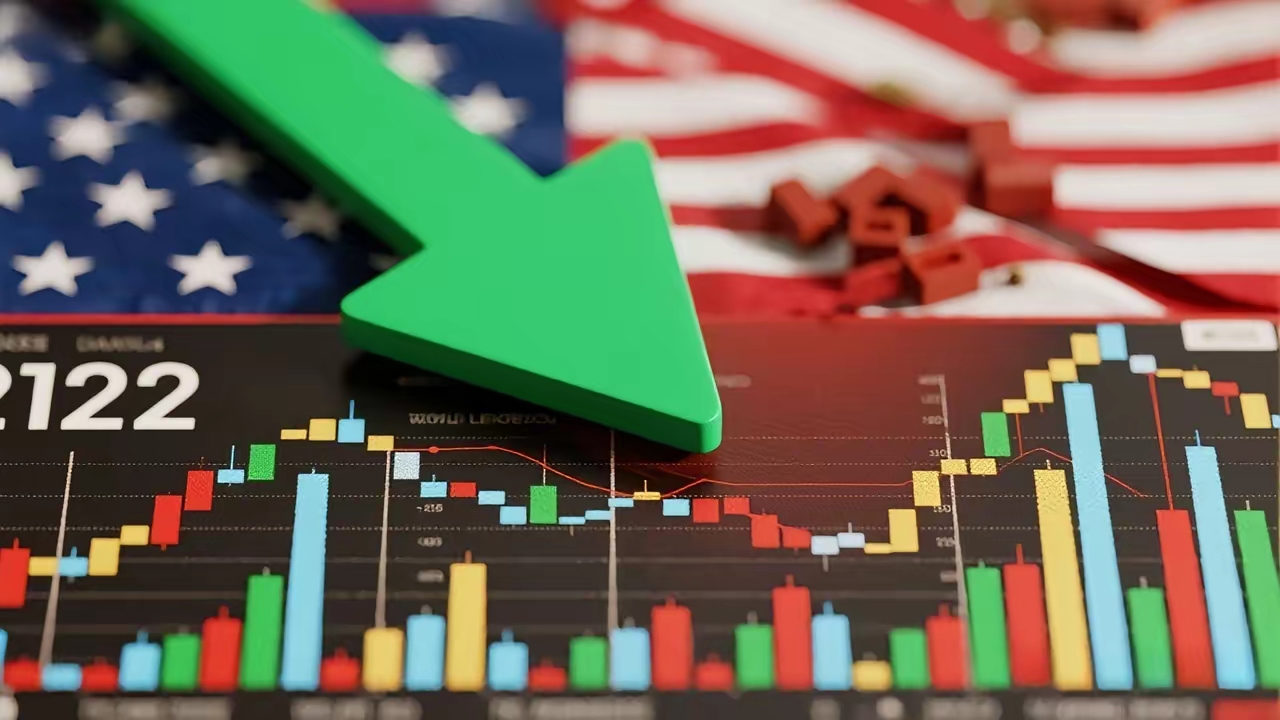
When the trading bell fell on October 10th, the global financial market was shrouded in the shadow of "Black Friday": the three major US stock indexes collectively collapsed, the Dow Jones Industrial Average plummeted 878.82 points, the Nasdaq index plummeted 3.56%, and the daily market value of the "Seven Tech Giants" evaporated by more than 5.5 trillion yuan. This sudden 'black swan' is not an isolated event, from 1.64 million people in the cryptocurrency market bursting their positions and $19.2 billion disappearing into thin air, to the simultaneous pressure on European and Asian stock markets, panic emotions spreading across markets and regions. On the surface, Trump's tariff threat is the direct trigger, but in-depth analysis will find that this storm is the inevitable result of the accumulation of policy uncertainty, the bursting of the valuation foam, liquidity tightening and the intertwined fermentation of the industrial chain game, reflecting the deep vulnerability of the global financial system.
The dual uncertainty of policy and politics constitutes the direct driving force for the black swan to take off. The tipping point of this market crash was the sudden announcement by former US President Trump that he would impose "unprecedentedly high tariffs" on Chinese goods and hinted at expanding to other trading partners. This statement instantly ignited market concerns about the escalation of the global trade war - Chinese goods account for over 20% of American retailers, and high tariffs will inevitably push up corporate costs and consumer prices. The current situation where 70% of Amazon's suppliers come from China means that price increases for end products are inevitable. More fatally, the confusion of policy signals has exacerbated market confusion: the Federal Reserve hinted in September that it would only cut interest rates twice in 2025, breaking the previous market expectation of three rounds of easing, while the US federal government shutdown entered its tenth day, causing key data such as the non farm payroll report to be "interrupted", and investors lost their core anchor for judging economic trends
The double squeeze of valuation foam and market leverage accelerated the subduction of Black Swan. It is not accidental that technology stocks have become the hardest hit areas in this sharp decline. The frenzy of AI concept hype in the past year has driven the valuations of giants such as Nvidia and Apple to historic highs, but overlooked the lack of fundamental support for performance. Although Nvidia once hit a record high due to the approval of AI chip export, in August 2025, the market value of Nvidia lost $180 billion in two days due to the performance gap of $200 million, exposing the vulnerability under the high valuation. This time, it fell 7.2% under the shadow of tariffs, which is the inevitable result of the foam squeeze. Tesla, Apple, and other companies are also facing growth bottlenecks: Tesla's Q3 delivery data fell short of expectations, Apple's iPhone sales were weak, and AI features were delayed, leading to a complete loosening of the logic supporting high valuations.
The universality of leveraged trading amplifies market volatility exponentially. The tragic performance of the cryptocurrency market is most typical. Behind the $19.2 billion liquidation was a chain closing reaction under high leverage - when Bitcoin fell below the $110000 mark, insufficient liquidity triggered a "stampede sale", and small tokens generally fell by more than 20%. This leverage risk is not limited to the cryptocurrency market alone. The programmatic trading and derivative tools in the US stock market also pose hidden dangers. Once the stop loss line is triggered, a vicious cycle of "sell sell fall sell again" will be formed, causing short-term declines far beyond the reasonable range.
Essentially, this black swan event is a concentrated outbreak of imbalances in the global financial system. When political games override economic laws, when market frenzy is detached from fundamental support, and when policy signals replace data anchors, the emergence of black swans is no longer a rare event. The slump on October 10 is by no means the end. As long as the risk of trade friction remains, the water in the valuation foam is not squeezed, and the signal of policy change is not clear, the market will remain in a state of high volatility.
The volatility of global stock markets has sounded an alarm for all participants: in a highly interconnected financial system, no market can stand alone; In the complex environment where politics and economy are intertwined, speculative behavior that solely pursues short-term gains will eventually face punishment. Only by returning to fundamental values, establishing risk prevention and control mechanisms, and promoting policy rationality can we resist the frequent attacks of black swans. This storm not only left behind evaporated market value figures, but also a profound questioning of the global financial governance system.

The U.S. third-quarter GDP growth rate, strikingly highlighted at 4.3%, not only surpassed market expectations but also earned the label of "the fastest in two years."
The U.S. third-quarter GDP growth rate, strikingly highligh…
Recently, US personnel intercepted a "Century" super oil ta…
According to Xinhua News Agency, the subtle changes in the …
The rapid development of artificial intelligence has brough…
In December 2025, Taiwan's political scene was shaken by a …
When Apple appears for the Nth time on the list of penaltie…